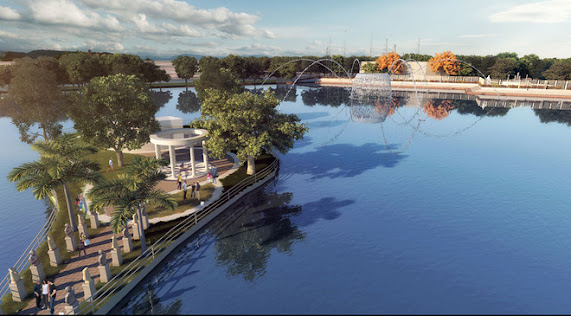History of Karnal City
The city of Karnal, said to have been founded by Raja Karna, of the Mahabharta fame,
spring into prominence in 1739 when Nadir Shah defeated Muhammad Shah at Karnal.
Raja Gopal Singh of Jind seized Karnal in 1763, and the Marhattas established themselves
at Karnal in 1785. Skirmishes however, followed between the Marhattas and the Sikhs.
In 1795 the Marhattas finally wrested it from Raja Bhag Singh of Jind and made it over
to the George Thomas, who took part in the fight. Meanwhile Raja Gurdit Singh of Ladwa
obtained possession of Karnal. It was captured by the British in 1805 and made over
to Muhamdi Khan (Mandal). Karnal, on being formed into a British cantonment,
the fort which had been built by Raja Gajpat singh of Jind, was taken over by the British
and converted into a residence for Dost Mohd. Khan Amir of Kabul.
The fort was used as a jail,as quarters for native cavalry and as poor house. In 1862,
it was made over to the Education Department, when the district school was moved into it from the city.
Historical Places
Kalandar Shah’s Tomb
Kalandar Shah’s TombKalander Shah’s tomb is situated just outside the town.
The grave is made of marble and decorated with sculpture. The tomb was
built by Ghias-ud-din, Emperor of Delhi, to the memory of Bo-Ali-Qualander Shah,
a famous Muslim Savant and Sage, who influenced the thinking of his age and
was very widely revered by all communities. Within the enclosure are mosque and
a reservoir with fountains built by Emperor Alamgir and outside a Kettle Drum balcony.
Sita Mai Temple
An ancient temple, situated at Sitamai village near Karnal, has unique characteristics.
It is perhaps the only temple of Goddess Sita in India. As the legend goes,
it is said that the Sita Mai Temple is the exact spot where the mother earth
swallowed Goddess Sita Mata while she had to prove her purity.
The temple is made of bricks with its elaborate ornamentation covering the whole shrine.
It is 19 kms. away from Nilokheri.
Karna Lake
Karna Lake is a major tourist attraction in the Karnal district of Haryana. It is located
at a distance of 125 km from both Chandigarh and Delhi, thus serving as a midway halt while
traveling between the two cities on the famous Grand Trunk Road. Folklore has it that Karna,
a famous character from Indian history, who played a major role in the war of Mahabharat,
used to bathe in this lake. It was at this spot that he gave away his protective armor to Indra,
the Godfather of Arjuna, Karna’s arch-enemy. It is surmised that the city of Karnal derives
its name from Karna-Taal, which translates to Karna Lake. That may also be the reason for
Karnal to be called the City of Karna in local parlance
.png)
.png)
.png)

Comments